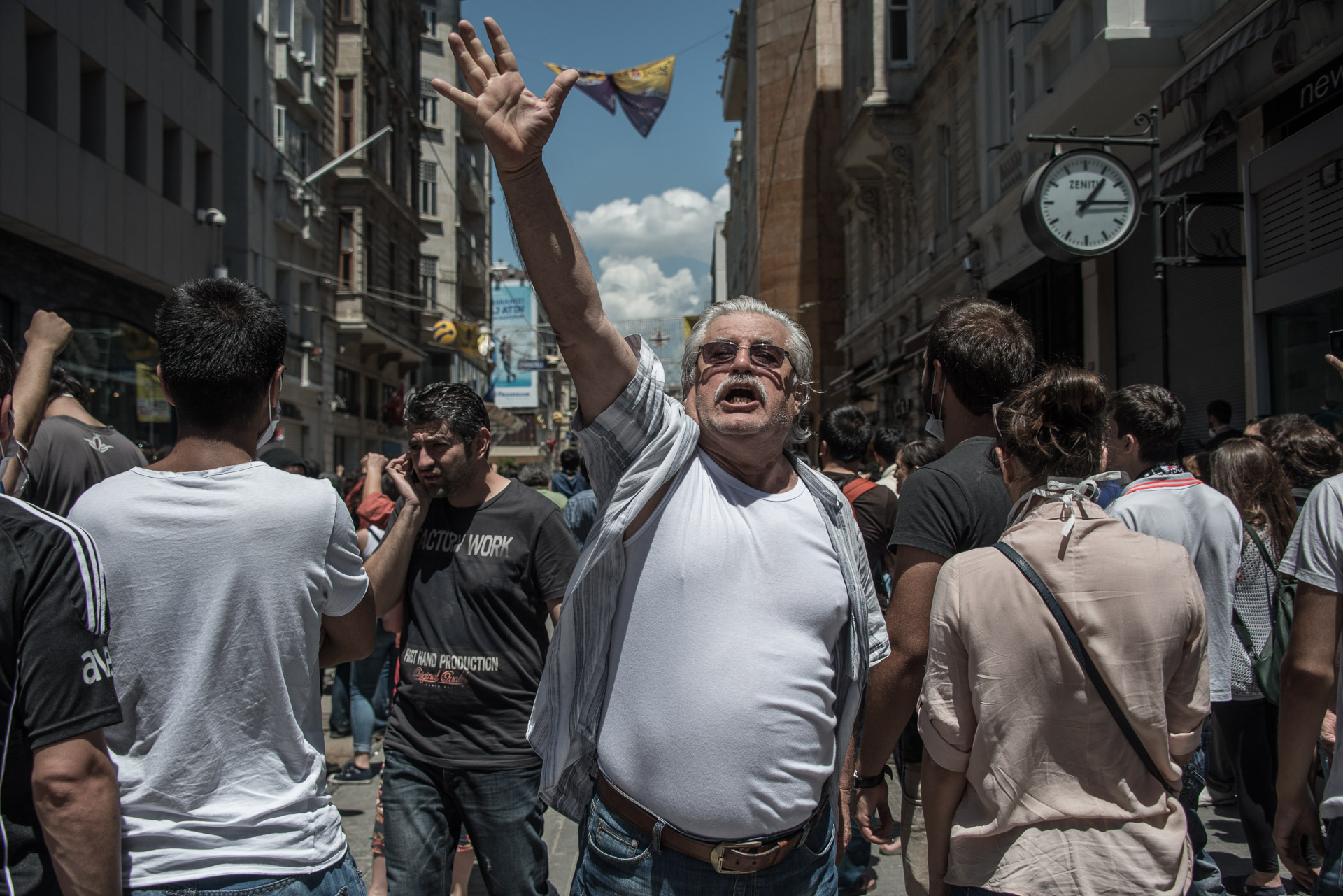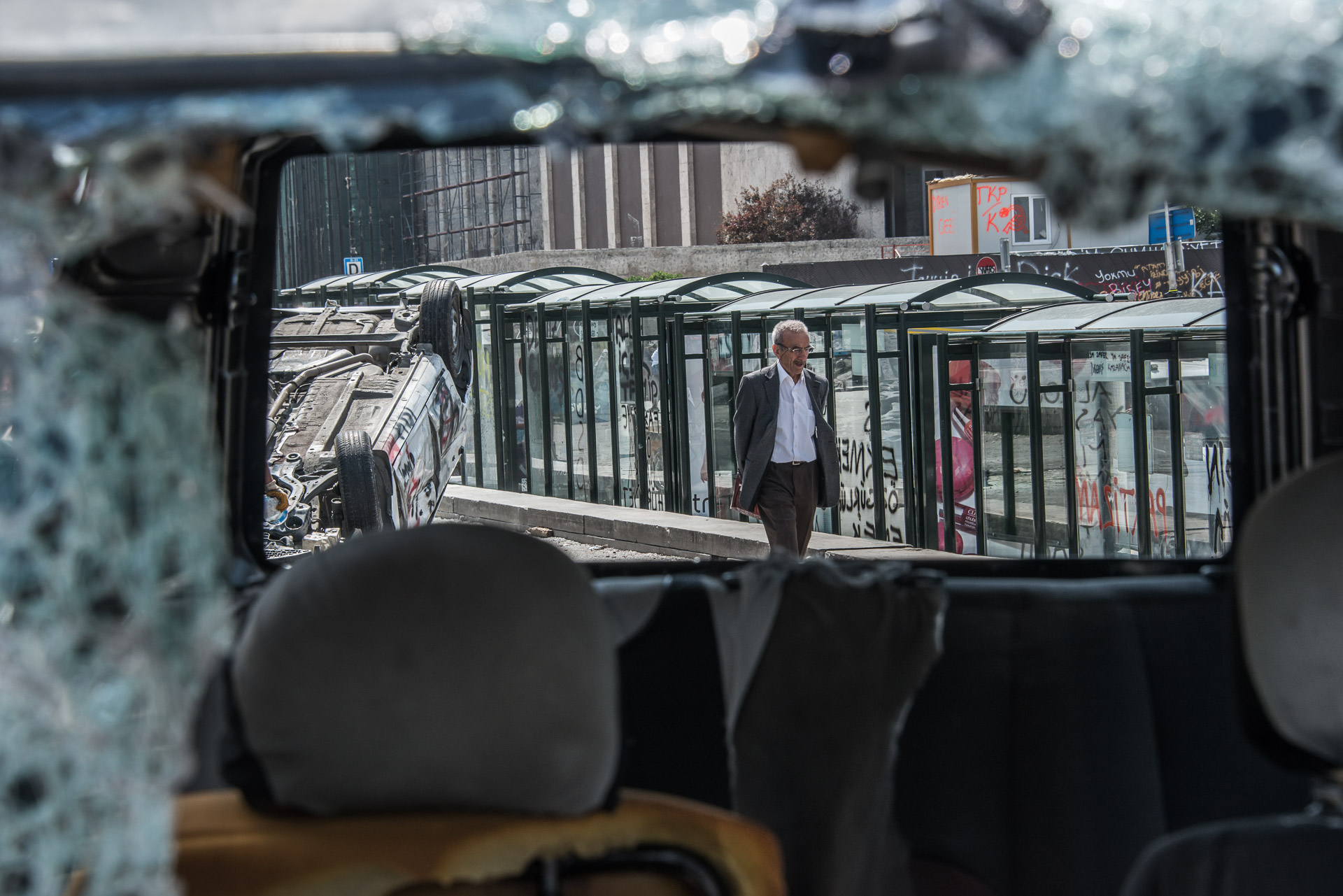






















#occupygezi
In the early morning of May 28, 2013, a group of activists gathered for a sit-in protest at Gezi Park in central Istanbul, initially to contest the urban development plan for Istanbul’s Taksim Gezi Park. The activists set up tents and launched their own version of the Occupy movement, a reminiscence of the global anti-Wall Street protests.
What began as a peaceful environmentalist assembly turned into the largest anti-government movement in Turkey. A raid by the riot police attracted heavy media attention. The police set the tents on fire, triggering Turkey’s largest anti-government demonstrations. More than 8,000 people were injured and 11 killed. Contrary to expectations, the protest movement never turned into a political movement. However for many, Gezi became a symbol of resistance a milestone for both the political opposition and the current government in Turkey.
These photos were taken on June 1, 2013, in Istanbul when over 40,000 protesters from Kadıköy (the Asian side of the city) walked along the famous thoroughfare Istiklal Avenue to join the main protest groups in Taksim. Just the day before, the police had carried out another raid on this encampment using water cannons and tear gas to disperse the protesters and setting up barricades around the park to prevent re-occupation.
Turkish police violently attacked the protesters with pressurized water and pepper gas, directly targeting their faces and bodies. Dozens of protesters were hospitalized with head trauma and respiratory injuries. Sixty-three people were arrested and detained, according to official sources.
Access to the park remained blocked, while Turkish media refused to cover the incidents and press agencies blocked the flow of information.






















